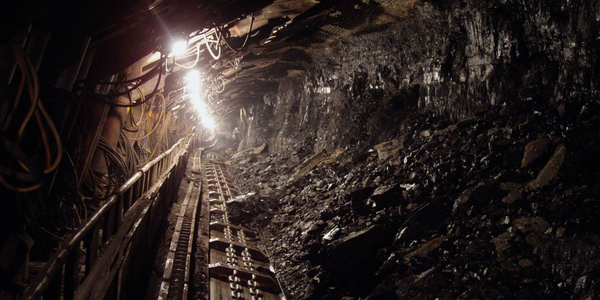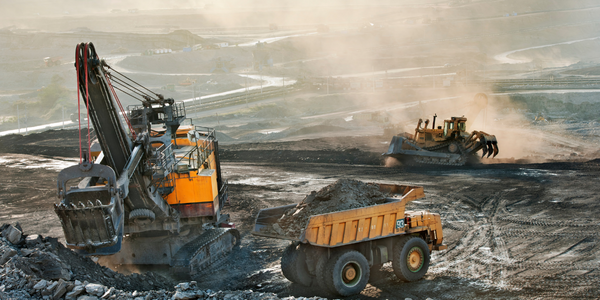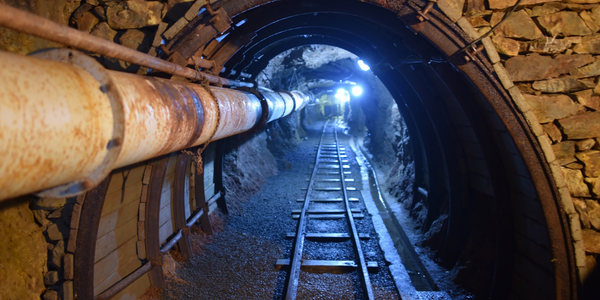Customer Company Size
Large Corporate
Region
- Africa
- America
Country
- South Africa
- Canada
Product
- IsoMetrix software solutions
- Environment, Health and Safety (EHS) software
Tech Stack
- Data Management
- Data Analytics
Implementation Scale
- Enterprise-wide Deployment
Impact Metrics
- Productivity Improvements
- Digital Expertise
Technology Category
- Platform as a Service (PaaS) - Data Management Platforms
Applicable Industries
- Mining
Applicable Functions
- Quality Assurance
- Business Operation
Use Cases
- Process Control & Optimization
- Predictive Maintenance
Services
- Data Science Services
- System Integration
About The Customer
Impala Platinum Ltd, often referred to as Implats, is a leading producer of platinum group metals (PGMs), structured around six mining operations and Impala Refining Services, a toll refining business. The metals produced are the key to making many essential industrial, medical, and electronic items - and they contribute to a cleaner, greener world. Implats actively develops markets for its PGM products, which are sold in South Africa, Japan, China, the US, and Europe. The company has extensive business operations throughout Southern Africa and internationally. The Refineries division of Impala Platinum Ltd has 950 employees, while Impala Platinum Ltd, including Rustenburg mines, has 48,000 employees.
The Challenge
Impala Platinum Ltd, a leading producer of platinum group metals, was struggling with the management of its environmental, health and safety (EHS) data. The company's operations span across Southern Africa and internationally, generating a large amount of EHS data that needed to be captured and stored. The company's existing storage methods were inefficient, and the sheer volume of data made it difficult for the company's Safety & Environmental Manager at the Refineries division, Carina Burger, to extract useful EHS data when required. The company's policy required all incidents and audits to be loaded into the system, but extracting useful information, statistics, and relevant trends from the system was a cumbersome manual process.
The Solution
Impala Platinum implemented IsoMetrix’s EHS software to centralize all safety-related information, eliminating dispersed data silos throughout the organization. The software's user-friendly layout made it easy to view and extract relevant EHS data. The software also ensured that end-users uploaded their findings in a structured and comprehensive manner, improving ground-level data collection. The software's features, such as required fields, ensured that end-users uploaded their findings in a structured and comprehensive manner. The user-friendliness of the system meant that end-users could navigate the system easily with minimal training, guidance, and oversight from Carina, saving her valuable time.
Operational Impact

Case Study missing?
Start adding your own!
Register with your work email and create a new case study profile for your business.
Related Case Studies.

Case Study
Underground Mining Safety
The goal was to produce a safety system to monitor and support underground mining operations; existing systems were either too simple (i.e. phone line) or overly complex and expensive, inhibiting deployment, and providing little-to-no support in event of an accident. Given the dangerous nature of the mining work environment and the strict regulations placed on the industry, the solution would have to comply with Mine Safety and Health Administration (MSHA) regulations. Yet the product needed to allow for simple deployment to truly be a groundbreaking solution - increasing miner safety and changing daily operations for the better.

Case Study
Mining Firm Quadruples Production, with Internet of Everything
Dundee Precious Metal’s flagship mine, in Chelopech, Bulgaria, produces a gold, copper, and silver concentrate set a goal to increase production by 30%. Dundee wanted to increase production quality and output without increasing headcount and resources, improve miner safety, and minimize cost.

Case Study
Fastenal Builds the Future of Manufacturing with MachineMetrics
Fastenal's objective was to better understand their machine downtime, utilization, quality issues, and to embrace cutting-edge manufacturing technology/process improvement capabilities to bring their team to the next level. However, there was a lack of real-time data, visualization, and actionable insights made this transition impossible.

Case Study
Joy Mining Systems
Joy equipment faces many challenges. The first is machine integration and control. The business end of the machine has a rapidly-spinning cylinder with 6-inch diamond-studded cutting teeth. It chews through rock at rates measured in tens of tons per minute. The system grinds through the rock in front, creating a rectangular mine tunnel. Hydraulic lifters support the ceiling as the machine moves forward. Automated drills and screws drive 3-ft long screws into the ceiling to stabilize it. The rock and coal fall into a set of gathering "fingers" below the cutting cylinder. These fingers scoop up the rock and coal and deposit it onto a conveyor belt. The conveyor passes under the machine and out the back. A train of conveyor belt cars, up to a mile long, follows the cutter into the mine. The rock shoots along this train at over 400 feet per minute until it empties into rail cars at the end. Current systems place an operator cage next to the cutter. Choking dust (potentially explosive), the risk of collapse and the proximity of metal and rock mayhem make the operator cage a hazardous location.

Case Study
Improved Monitoring in Industrial Manufacturing Facility
When your crane is moving tons of magma-hot iron, you can’t afford an unexpected failure. McWane Ductile knew monitoring the crane motor metrics within their facility could help prevent a mechanical failure that would strand an enormous bucket of molten metal overhead. Unfortunately, their legacy wired monitoring system couldn’t work with moving objects in this extreme environment. If they could integrate wireless capabilities into their existing equipment they could extend their monitoring capabilities without starting over from scratch.








